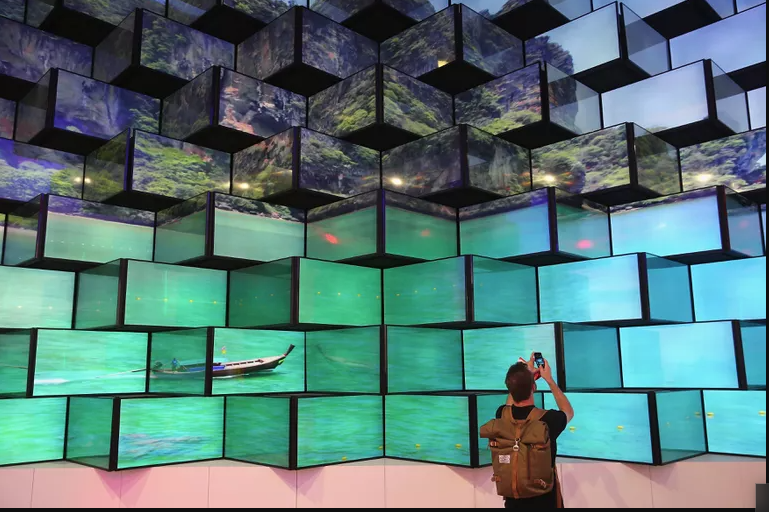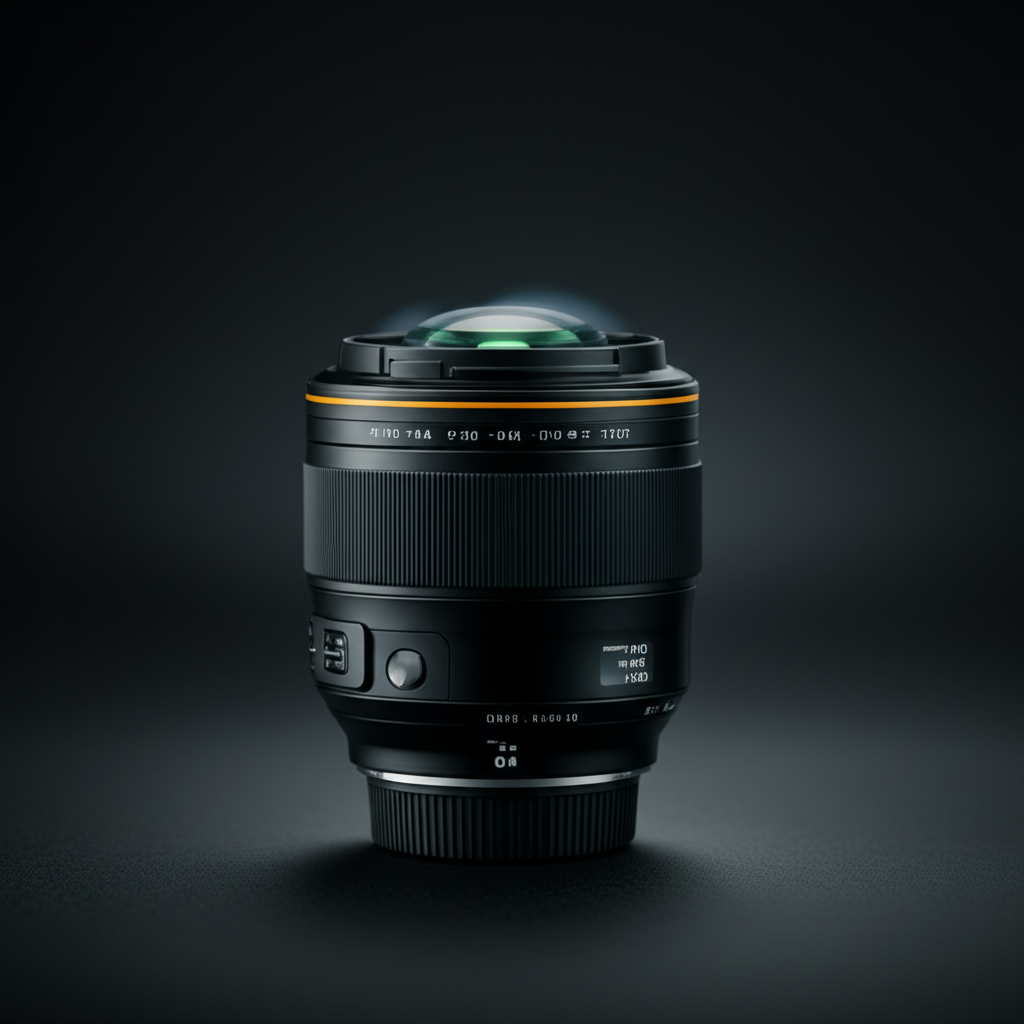
Demystified,Buying a TV can be very confusing these days, especially when trying to sort out what type of TV technology you want or need.
Gone are the bulky CRT (picture tube) and rear-projection sets that dominated living rooms in the second half of the 20th century. Now that we are well into the 21st century, the long-awaited wall-mountable TV is now common.
However, a lot of questions remain as to how newer TV technologies actually work to produce images. This overview should shed some light on the difference between past and current TV technologies.
Demystified,CRT Technology
Demystified,Although you can’t find new CRT TVs on store shelves anymore, a lot of those old sets are still operating in consumer households. Here is how they work.
CRT stands for cathode ray tube, which is essentially a large vacuum tube—which is why CRT TVs are so big and heavy.
To display images, a CRT TV employs an electron beam that scans rows of phosphors on the face of the tube on a line-by-line basis in order to produce an image. The electron beam originates from the neck of a picture tube. The beam is deflected on a continuous basis that so it moves across lines of phosphors in a left-to-right motion, moving down to the next needed line. This action is done so rapidly that the viewer is able to see what appear to be complete moving images.
Depending on the type of incoming video signal, the phosphor lines can be scanned alternately, which is referred to as interlaced scanning, or sequentially, which is referred to as progressive scan.
DLP Technology
Another technology, used in rear-projection televisions, is DLP (digital light processing), which was invented, developed, and licensed by Texas Instruments.
Although no longer available for sale in TV form since late 2012, DLP technology is alive and well in video projectors. However, some DLP TV sets are still being used in homes.
The key to DLP technology is the DMD (digital micro-mirror device), a chip made up of tiny tiltable mirrors. The mirrors are also referred to as pixels (picture elements). Every pixel on a DMD chip is a reflective mirror so small that millions of them can be placed on a chip.
The video image is displayed on the DMD chip. The micromirrors on the chip (remember, each micromirror represents one pixel) then tilt very rapidly as the image changes.
This process produces the gray-scale foundation for the image.
The color is then added as light passes through a high-speed color wheel and is reflected off the micromirrors on the DLP chip as they rapidly tilt toward or away from the light source.
The degree of tilt of each micromirror coupled with the rapidly spinning color wheel determines the color structure of the projected image.
As it bounces off the micromirrors, the amplified light is sent through the lens, reflected off a large single mirror, and onto the screen.




